Cerebellar Tonsillar Ectopia Treatment
Cerebellar tonsillar ectopia treatment. This procedure relieves pressure and compression on the brainstem by removing small pieces of bone in the posterior skull and in turn enlarges the foramen magnum. Simply our treatments stabilize the cervical spine. MR demonstration of less than 2 mm of tonsillar ectopia is probably of no clinical significance in the absence of syringomyelia.
This entity is different from the other Chiari malformations in that hydrocephalus plays no role in its evolution. Tonsillar Ectopia Treatment Regular check-ups and MRI scans for those having mild or no symptoms at all. Mild ectopia generally means that the tonsils do not protrude far enough to mee.
Mild ectopia generally means that the tonsils do not protrude far enough to meet the distance criteria of Chiari 1 and are normally shaped and without other findings seen in Chiari 1. The only effective treatment for Chiari malformation is surgery. If 3 mm below the foramen magnum is taken as the lowest normal tonsillar position our sensitivity is 96 and our specificity is 995.
Cerebellar tonsillar ectopia is a common congenital dysplasia. In 50 of the case it is seen that the symptoms are eliminated after the surgery whereas in 45 of the case the symptoms are reduced substantially and in 5 of the case the symptoms remain the same even after the surgery. Surgery addresses atlantoaxial instability.
Patients with cerebellar ectopia sometimes have balance problems and may experience symptoms like headaches blurred vision and giddiness. An MRI scan is required to detect malformations of the cerebellar tonsils. Cerebellar tonsillar ectopia includes four types.
Imply that the cerebellar tonsils protrude beyond the foramen magnum. Ice packs for 20 minutes can help relieve neck and shoulder pain. Administration of analgesics and anti-inflammatory drugs may help with the severe headache.
The most common surgical procedure is suboccipital craniectomy to decompress the cerebellar tonsils surgical opening of the bony compartment of the back of the head with laminectomy of C1 andor C2 to decompress the cervical spinal cord. The goal of these treatments is to get the floating or unstable upper cervical vertebrae back into position and then strengthen the cervical ligaments to keep them there.
Medications may help relive pain associated with cerebellar ectopia.
Under general anaesthetic a cut is made at the back of your head and the surgeon removes a small piece of bone from the base of your skull. Many authors use cerebellar tonsillar ectopia merely as a catch-all descriptive term for low-lying tonsils irrespective of the cause and thus including a spectrum from acquired tonsillar ectopia. Doctors in 147 specialties are here to answer your questions or offer you advice prescriptions and more. Under general anaesthetic a cut is made at the back of your head and the surgeon removes a small piece of bone from the base of your skull. The most common surgery to treat Cerebellar Tonsillar Ectopia is posterior fossa decompression surgery. Mild ectopia generally means that the tonsils do not protrude far enough to mee. The goal of these treatments is to get the floating or unstable upper cervical vertebrae back into position and then strengthen the cervical ligaments to keep them there. Type I is the type of lightest clinical manifestation which is also known as primary cerebellar ectopia. Cerebellar tonsil is lowered.
The tonsils are at the midline of your cerebellum. Imply that the cerebellar tonsils protrude beyond the foramen magnum. If 3 mm below the foramen magnum is taken as the lowest normal tonsillar position our sensitivity is 96 and our specificity is 995. The tonsils are at the midline of your cerebellum. They may also remove a small piece of bone from the top of your spine. Symptomatic Cerebellar Tonsillar Ectopias are often treated by surgery. The only effective treatment for Chiari malformation is surgery.




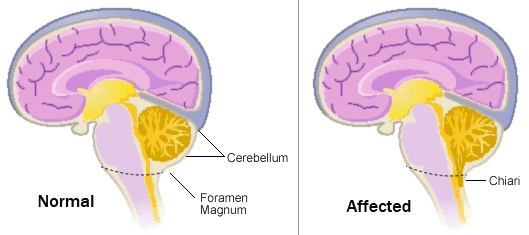



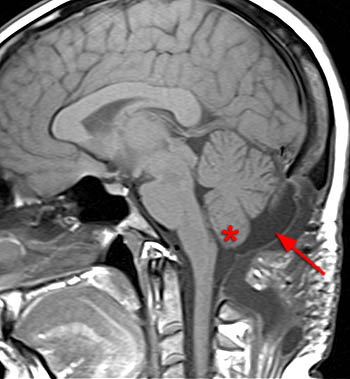

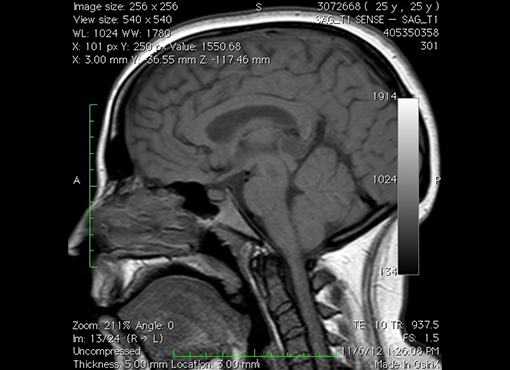


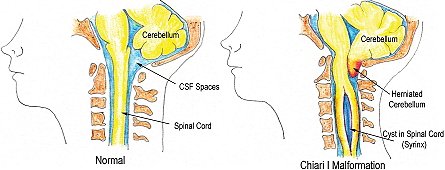



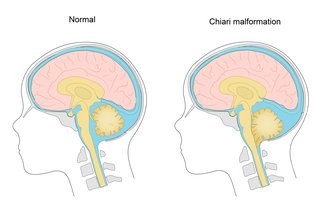

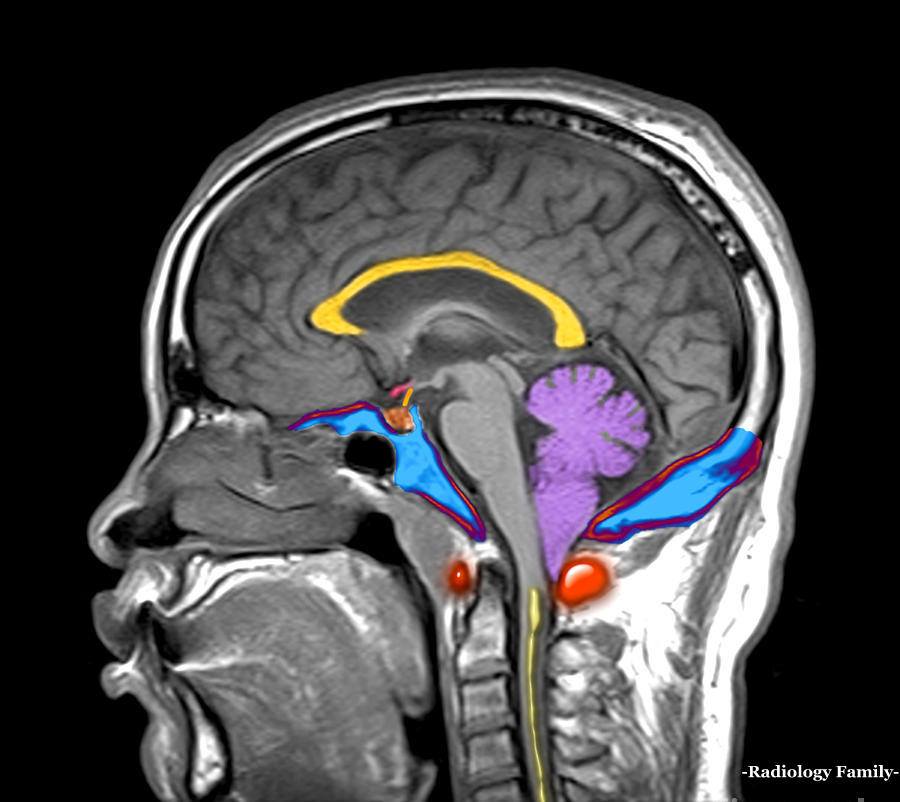





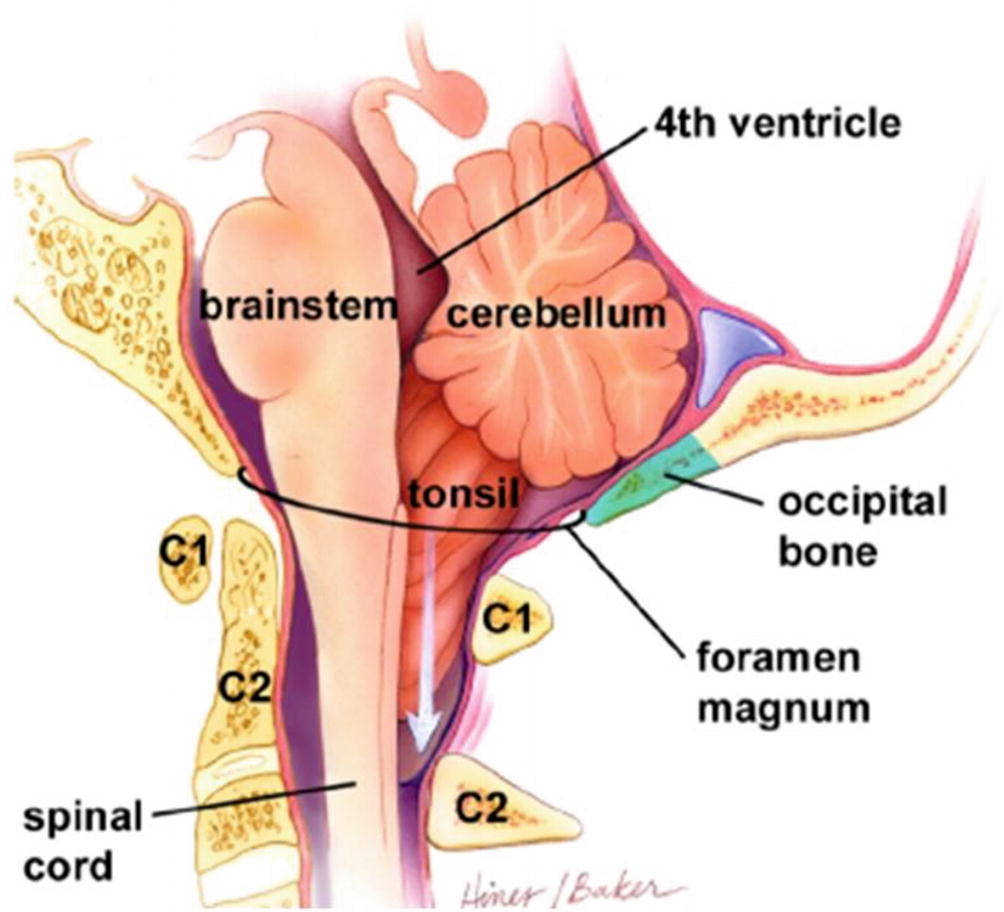

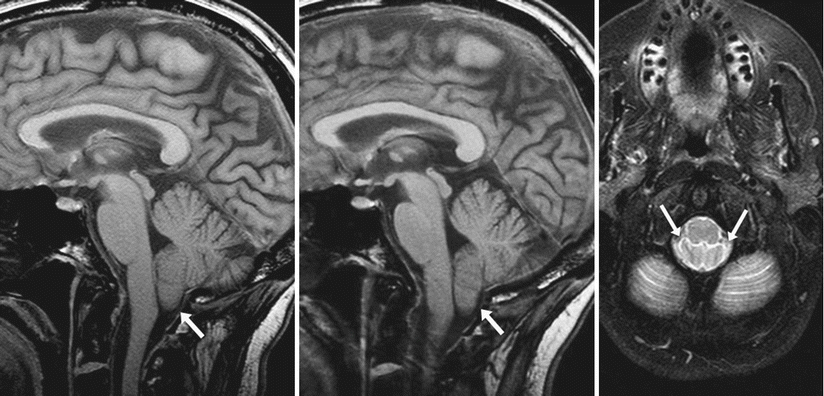







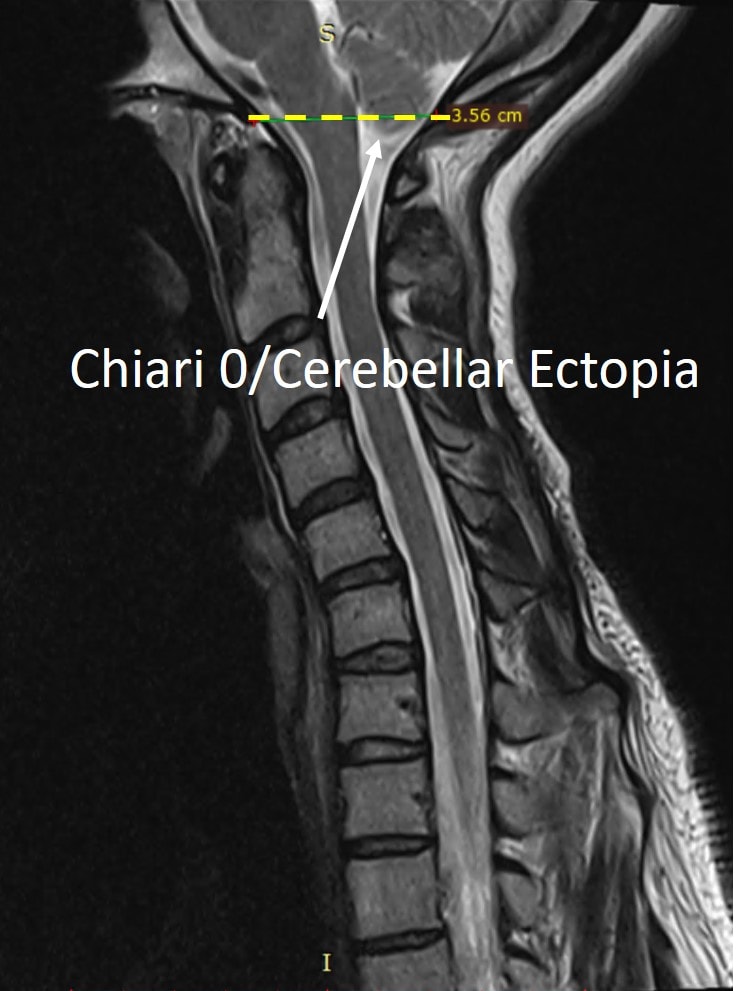
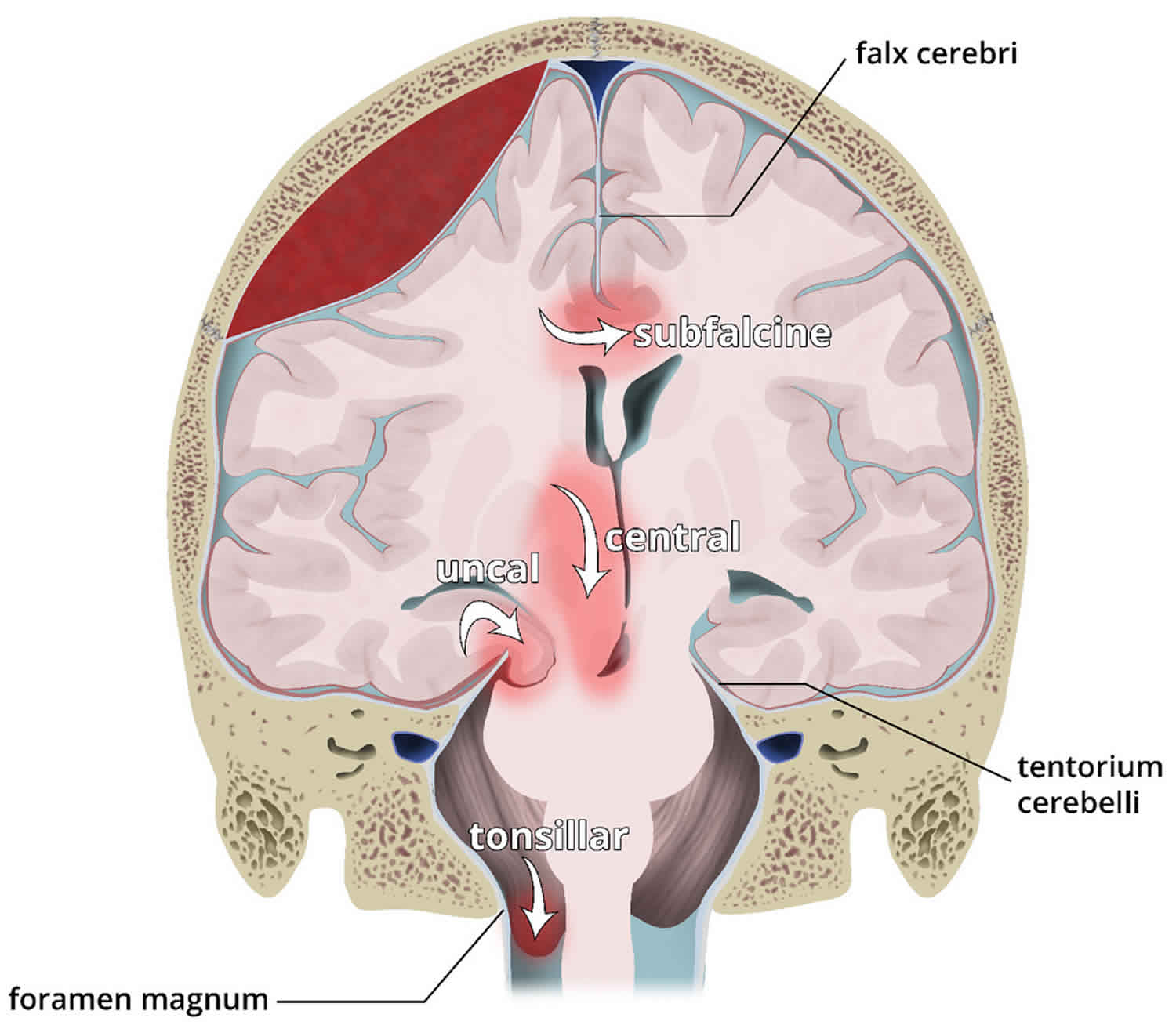



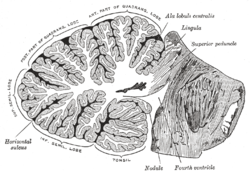

Post a Comment for "Cerebellar Tonsillar Ectopia Treatment"